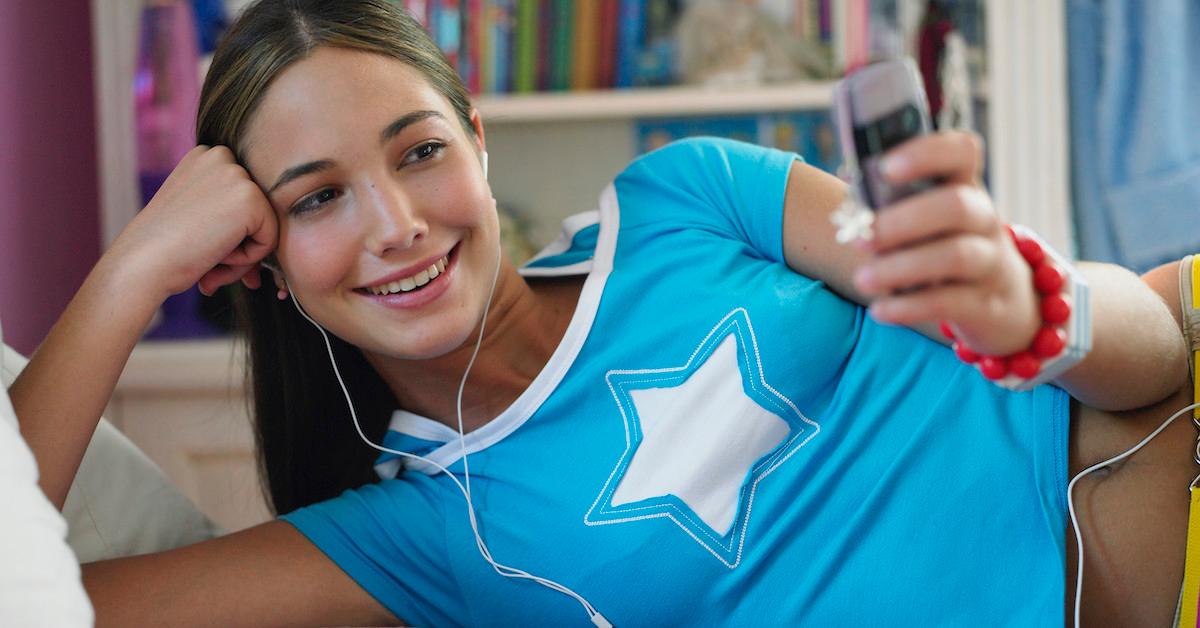More Social Media Platforms Are Adopting Dark Mode — but Does It Really Save Energy?
Published Sept. 14 2021, 10:50 a.m. ET

On Monday, Sept. 13, LinkedIn announced that its career-driven audience could soon take advantage of "dark mode," as the feature is currently rolling out globally for mobile and desktop. Not only do technology users prefer how dark mode makes their eyes feel, but it's also touted for its alleged ability to save energy. But how much energy does dark mode actually save?

Does dark mode actually save energy?
If you were one of many who chose to transition from using Google to Blackle back in 2007 in the name of saving the environment, you definitely weren't alone. The search engine, which was marketed as the dark, energy-saving version of Google, has supposedly saved 8,913,231.8 Watt hours as of Sept. 14, 2021 (that's right, it still exists!). But is a black interface as impactful as we've been led to believe? Or was this merely a form of greenwashing?
Nowadays, most new smartphones have a dark mode setting, and many social media platforms have enabled a dark mode feature, including LinkedIn, Snapchat, and Instagram. And while many tend to resort to dark mode in an effort to save battery, it may not be as effective as it's made out to be. A recent Purdue University study conducted tests on a variety of smartphones, using Google Calculator, Calendar, Maps, Phone, News, and YouTube for a full minute. The results? Not particularly impressive.
It showed that dark mode only saves energy if your phone is on the brightest setting instead of auto brightness. If you're on auto brightness, dark mode only saves a negligible 3 to 9 percent of battery. It could make a bigger difference on an OLED screen, but not by much.
"This percentage is so small that most users wouldn’t notice the slightly longer battery life," reads the press release. "But the higher the brightness when switching from light mode to dark mode, the higher the energy savings."

How else can we save energy on our phones?
Dark mode may not be doing much for your energy consumption or battery life, but there are many other ways to save energy while scrolling through your social media apps. Recent studies have shown that streaming just one video in HD on your phone emits about eight times as much carbon as streaming in standard — therefore, it's recommended to make sure you're streaming videos in SD, not HD, on your cellular device. Turning off background video streaming from apps like Spotify also helps.
Studies have also shown that deleting emails also saves energy. Everything is stored on the cloud, which requires a notable amount of electricity. And since much of this energy is generated via fossil fuels, you're likely wasting energy by keeping spam and other unread emails saved in your phone's storage. So make sure to clean out your old emails as much as possible, if you'd like to keep things low-impact... and don't bother with dark mode unless it's really just easier on your eyes.